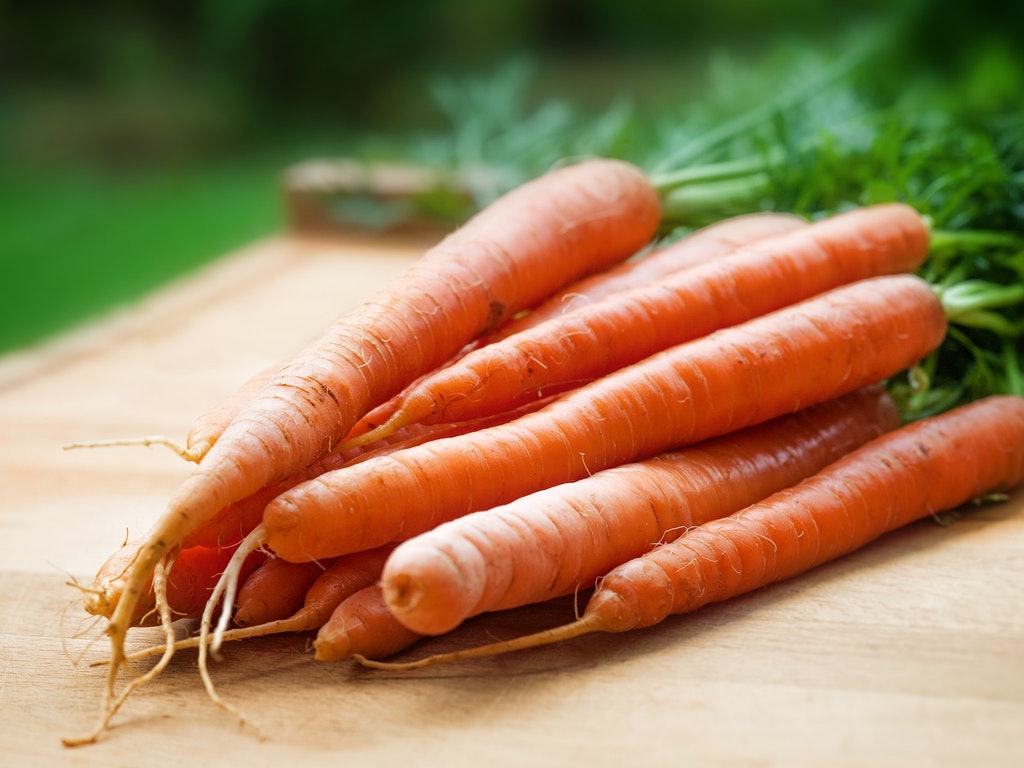2 Mins Read
Research currently being conducted at Lancaster University suggests that concrete can be made stronger using extracted nanoparticles from vegetables, which can reduce the energy consumption and carbon emissions associated with cement manufacturing. The study, funded by the European Unions Horizon 2020, also provides an avenue to solve global food waste.
Conventional manufacturing of concrete involves a mixture of water, aggregate and Portland cement. This traditional process of creating concrete is responsible for significant levels of greenhouse gas pollution, accounting for around 7% of the total global emissions output according to the International Energy Agency. Concrete manufacturing also causes damage to the most fertile layer of the earth, topsoil, which is crucial for sustaining the world’s food supply.
Given that the IPCC’s landmark special report on land has highlighted the dangerous consequences of continued soil erosion and land destruction, it is vital that new technologies develop to curb the environmental consequences of human activities.
This is where fibres extracted from vegetables might help lower the carbon footprint and other associated environmental impacts of concrete. Using vegetable particles provided by CelluComp, a Scottish-based company working on developing sustainable building materials, researchers created a strengthened cement mixture at a fraction of the environmental cost. Adding tiny nano-sized platelets or particles extracted from beetroots, carrots, and other root vegetables increases the level of calcium silicate hydrate generated. In fact, researchers found that the mixture became considerably stronger thanks to the vegetables, and required 40 kilograms less of Portland cement for every cubic metre of concrete.
Not only will the vegetable composite concrete use up less energy, resources and generate fewer carbon emissions to manufacture, it can also be sourced from food waste and is less expensive to make.
“The composites are not only superior to current cement products in terms of mechanical and microstructure properties but also use[s] smaller amounts of cement. This significantly reduces both the energy consumption and CO2 emissions associated with cement manufacturing,” said lead researcher Professor Mohamed Saafi.
The research group is looking ahead to produce further results to determine whether existing concrete structures can be reinforced with vegetable nano-platelets.
Lead image courtesy of Pexels.




